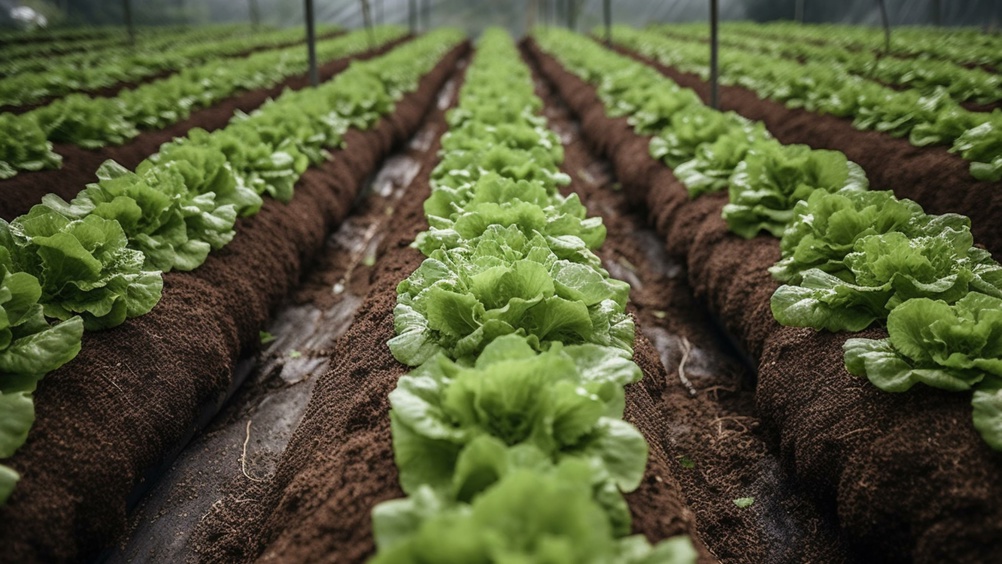Oregon wastewater tech taps irrigation and fertilisation
Researchers at Oregon State University have developed a filtration technology that converts wastewater into a product that could be used to both irrigate and fertilise crops.

The three-year project arose from the desire to reduce the amount of chemical fertiliser and freshwater used in farming. With food systems becoming more stretched on both the supply and demand side, alternative methods of agriculture – particularly irrigation – will be increasingly needed.
“Agricultural activity accounts for 70 per cent of all available freshwater,” said project lead Xue Jin, assistant professor of environmental engineering at Oregon. “Worldwide, demand for food production continues to grow along with the population. As droughts become more frequent and severe, there is a critical need for effective treatment technologies that provide safe reclaimed water for agricultural irrigation.”
Supported by $750,000 from the US Department of Agriculture, the Oregon team developed a two-stage, hybrid membrane filtration technology compatible with the discharge produced by anaerobic digesters. In the first stage, an electrically charged membrane attracts ions including ammonium, phosphorus and potassium and concentrates them into a fertiliser-rich brine. In the second stage, a forward-osmosis membrane removes contaminants such as bacteria, and the bacteria-free water is then recombined with the brine to produce a nutrient-enhanced solution that can be used on crops.
Register now to continue reading
Thanks for visiting The Engineer. You’ve now reached your monthly limit of news stories. Register for free to unlock unlimited access to all of our news coverage, as well as premium content including opinion, in-depth features and special reports.
Benefits of registering
-
In-depth insights and coverage of key emerging trends
-
Unrestricted access to special reports throughout the year
-
Daily technology news delivered straight to your inbox










National Gas receives funding to develop Gravitricity underground hydrogen storage system
One single rock salt mine - Winsford - has 23 <i>MILLION </i>cubic metres of void and even allowing for 10% of that void set aside for hazardous waste...